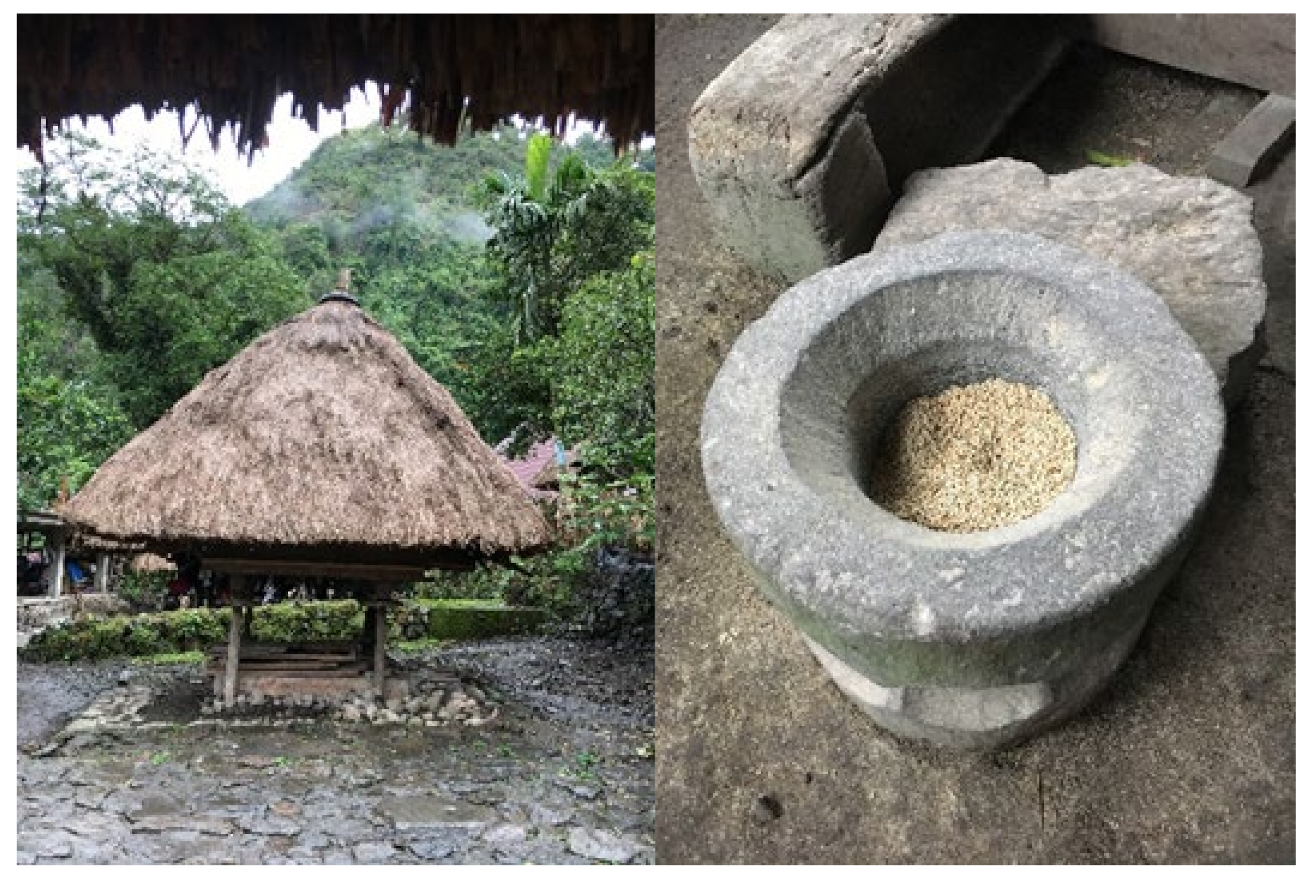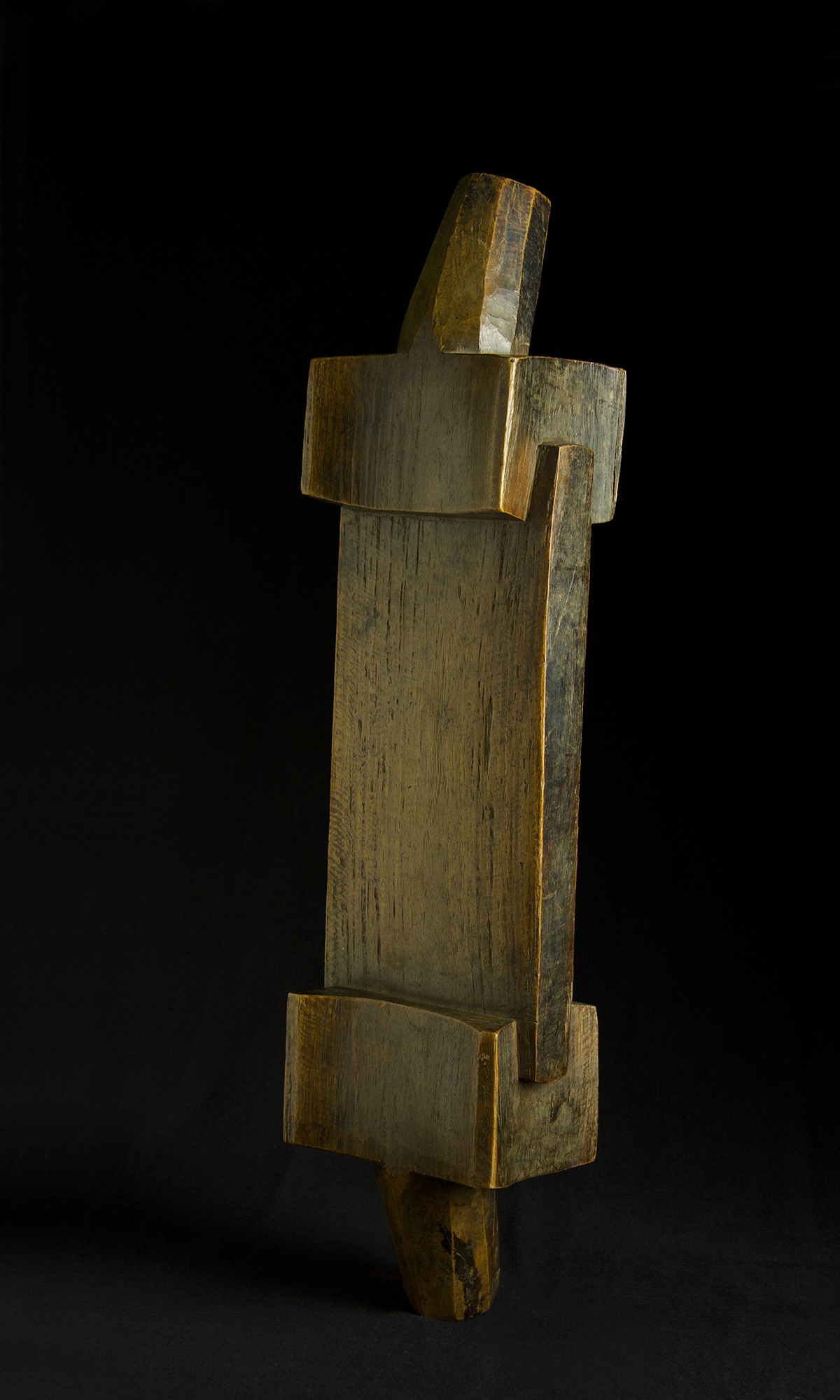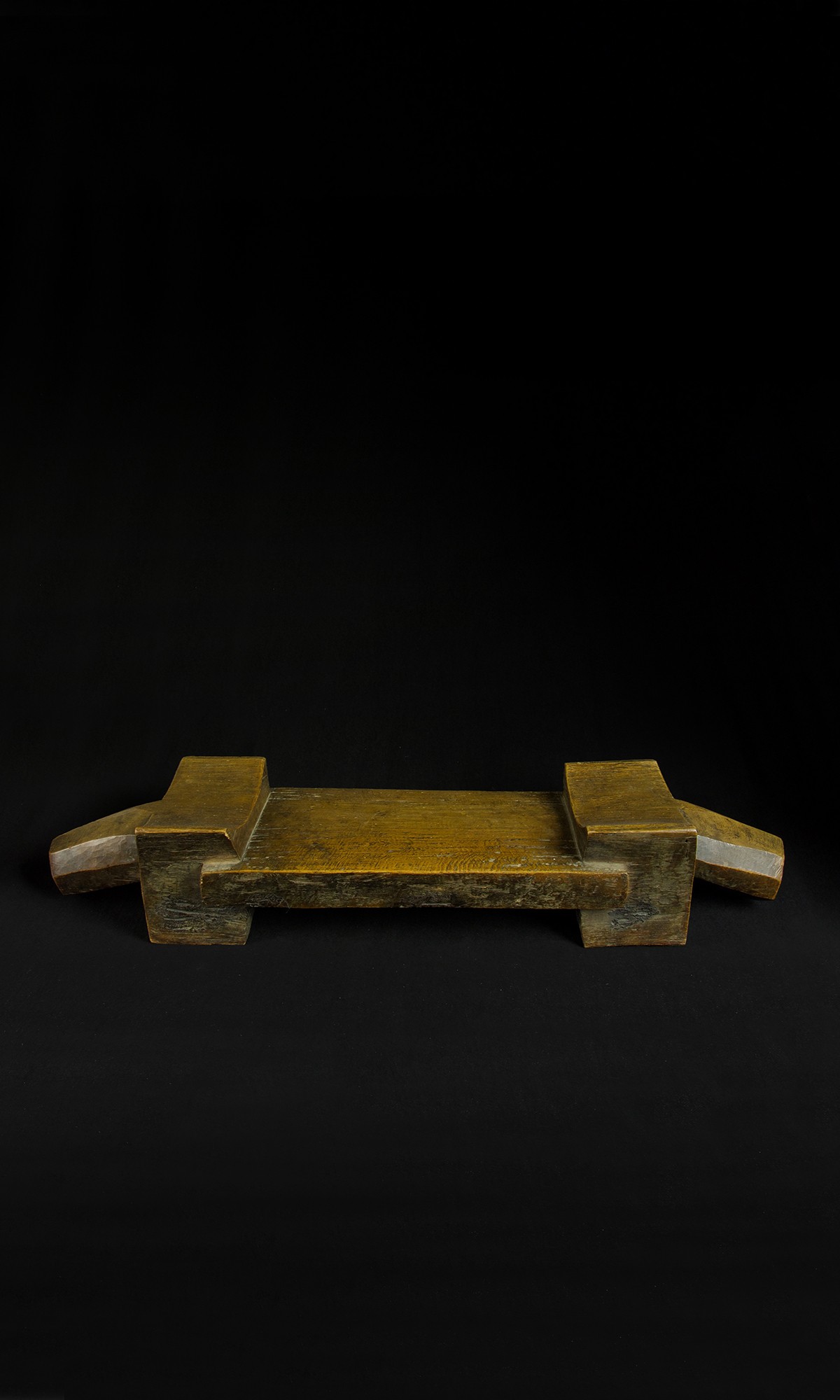the wooden chair of ifugao is called
What does it symbolizeA. The wooden seat or hagabi is placed under the eaves in the stone-paved yard that surrounds the little wooden four-stilted house with the high-peaked thatched roof that is so typical of the country and is.

Sustainability Free Full Text The Potential And Contradictions Of Geographical Indication And Patrimonization For The Sustainability Of Indigenous Communities A Case Of Cordillera Heirloom Rice In The Philippines Html
As the invoked deities possess the priest and the wooden bulul images one whole grain of rice is taken from each bundle of li-ub.

. The four bundles of harvested rice are called li-ub. Are next called upon and another two bundles of newly harvested rice are placed on the two east side corners of the chest. The Bulul is an Ifugao anthropomorphic carving that symbolizes an Ifugao rice god or guardian spirits.
The dukaw is attached to the long inipul strings of beads forming the headdress. It also signifies fertility and is sometimes believed to house the spirits of ancestors. They are attached as earrings to the.
The bulul was believed to guard the rice crop and gain power from the presence of the ancestral spirit but it also represented the hundreds of spirits deities and ancestors that populated the. Study on the go. Another one is Hagabi a wooden chair of Ifugao which symbolizes his status as a citizen in their community.
Hagabi are traditionally large ceremonial benches carved for wealthy Ifugao families as a symbol of wealth power and prestige. The Ifugao House have three functional levels. It also signifies fertility and is sometimes believed to house the spirits of ancestors.
Like most traditional houses in the Cordillera the Ifugao bale is constructed from hand-hewn timber runo and cogon grass Scott 1962. It is a wooden chair of Ifugao which symbolizes his status as a citizen in their community It depicts the wealth and power of the own who is called Kadanagyan or a person who belongs to the higher status in their society. Also unique to the Ifugao is their woodcarving art most notably the carved granary guardians bulul and the prestige bench of the upper class the hagabi.
Only the people in higher social status can afford this. Abundance and prosperity Bhealth and - Brainlyph. A wooden chair of Ifugao which symbolizes as a citizen in their community.
It is part of a headdress called dungdung worn on the head of a woman during her marriage ceremony called uya-uy. It depicts the wealth and power of the owner in who is called Kadanagyan or a person who belongs to the higher statu s in their society. The ground floor the second level for the living quarters and the third level which was used as the granary.
This is no longer produced nowadays since marriage. 21A wooden chair in Ifugao which symbolizes his status as a citizen in their community. Hagabi is a wooden chair of Ifugao.
The mountains of the Cordillera region in the Philippines are a sight to behold. Probably one of the most iconic and recognizable images of the Ifugao religion are bululs totemic male and female figures carved in wood used in rituals and as guardian figures. The Cadangyan families of Ifugao are largely inter-related.
Download the Android app. This wooden scooter was originally made not for recreational use. The ground level the posts have wooden discs which was called oliang to prevent rats from entering the house.
Hagabi is a wooden chair of Ifugao. Their textiles are renowned for their sheer. Bolivianouft and 14 more users found this answer helpful.
Like most traditional houses in the Cordillera the Ifugao bale is constructed from hand. Locally called fale or bale this traditional house is from Mayoyao in northern Ifugao. A distinguishing feature of the Ifugao house is the halipan rat guards in each of the four posts that elevate it.
Most well-known design of indigenous art. The second level or the living area was accessible through a removable ladder. It is a four-wheeled cart sometimes two which was used by forefathers to transport firewood palay and sweet potatoes from the habal or swidden back in the early 1900s.
According to Ifugao mythology Wigan and Bugan are the ancestors of the Ifugaos who had lived in a village called Kiyyangan now Kiangan. A bronze anthropomorphic figure attached to a small piece of wood. 22This art is the art of shaving bamboo into artful creations that can be used as décor for arches.
It was only worn by the Ifugao kadangyan propertied elite. Is what they calll a person who belongs to the higher status in. Ifugao are unique among all ethnic groups in the mountain province for their narrative literature such as the hudhud an epic dealing with hero ancestors sung in a poetic manner.
It is an evolved form of the tal-tallak an Ifugao word which means truck.

Bamboo House 3 Bamboo House Filipino House Bamboo House Design
This Ifugao Bench Was Sold At A World Record Price At An Auction Bcg

Hagabi Form I Form Sculpture Galen Lowe Art Antiques

This Large Woven Fish Trap From The Mountain Province Luzon Island Philippines Is Unlike Those We Usually See From The Ifug Philippine Image Of Fish Tiki Hut
This Ifugao Bench Was Sold At A World Record Price At An Auction Bcg

An Ifugao Resting Bench Note Also Two Carved Supporting Posts Of A House Shoulders Have Been Left On Them To Keep Philippine Province Old Photos Philippines

Ifugao Poster By Carol Tsiatsios Fine Art America

Ifugao Box Basket Round Rice Rattan Food Ifugao Tribe Etsy Basket Rattan Twining

Banaue Antiques Handwoven Materials Cavite Branch Disenyo Banaue Banaue Antiques Artcrafts Philippines Off Filipino Art Bamboo Basket Basket Weaving

Hagabi Form I Form Sculpture Galen Lowe Art Antiques

Wooden Ifugao Figures From Anthropology S Philippines Collection Amnh

Hagabi Form I Form Sculpture Galen Lowe Art Antiques

Hagabi An Unusual Trivia Of Philippine History And World Facebook

Philippine Textiles Our Home Our Style

Ifugao Prestige Bench Hagabi Made World History As The Most Expensive Filipino Artifact Wowcordillera

Pin By Brenda On Christmas Beauty Peace Joy Love Memories Traditions And Reflection Cabins In The Woods Cabin Cabins And Cottages

Hagabi An Unusual Trivia Of Philippine History And World Facebook

